Custom Pistol Bag Factory
Enter AET, a stalwart in the realm of design, development, and production of top-tier tactical equipment since the inception in 2009. The intricate tapestry of our work involves bespoke manufacturing of pistol bags, an integral facet since our establishment.
Through a rich tapestry of nearly 15 years dedicated to production and development, AET has meticulously forged a comprehensive supply chain system. This encompasses the entire spectrum—from product conceptualization, research and development, and manufacturing to logistics and ultimate after-sales support. AET proudly stands as the industry’s most relied-upon factory and supplier for custom pistol bags.
Our repertoire of pistol bags transcends the ordinary, not merely accommodating all prevalent pistol models but securing an unequivocal lead in myriad aspects such as materials, quality, and price. Should queries arise about our exceptional pistol bags, we extend an open invitation to engage with us freely. Your inquiries find a welcoming haven in our commitment to excellence.
Hot Selling Gun Bag Pistol
Our gun bag is meticulously designed to provide optimal and secure housing for your pistols, ensuring both convenience and safety. Crafted with precision, it stands out as a must-have accessory for firearm enthusiasts. The versatile design caters to various pistol sizes, offering a perfect fit for different models.
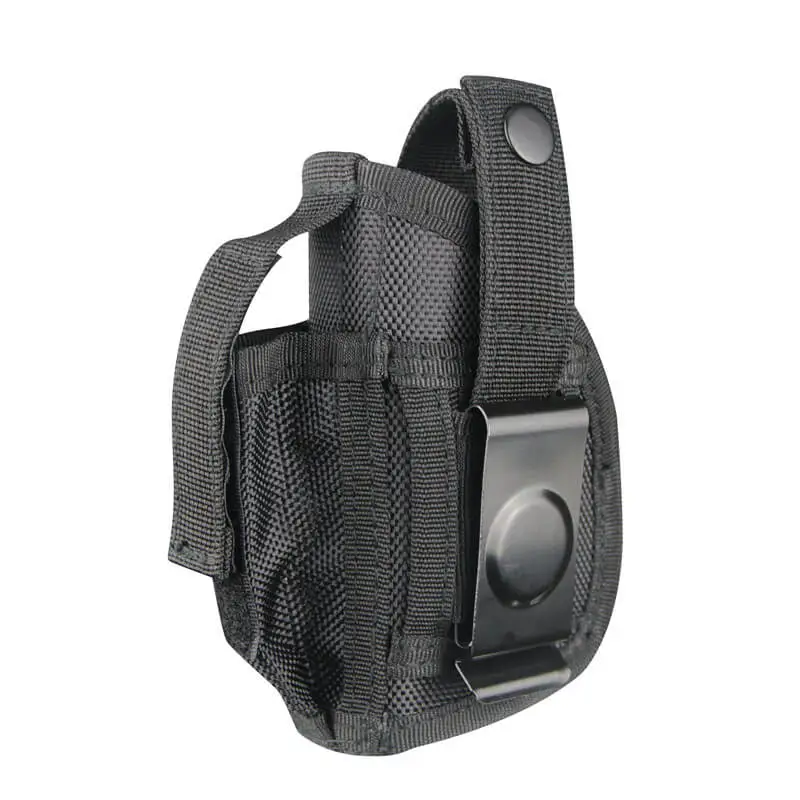
Tactical Handgun Holsters
Equip yourself with the pinnacle of tactical versatility – our Tactical Handgun Holsters. Meticulously crafted for precision and dependability, these holsters redefine the standard for secure and swift firearm access. Engineered with a focus on resilience, our holsters snugly embrace your handguns, ensuring not only accessibility but also unmatched retention. Tailored for distributors, retailers, and enthusiasts who demand superior quality, our holsters seamlessly marry functionality with a rugged endurance that stands out. Step into a new realm of performance with holsters designed to exceed the expectations of the most discerning users.
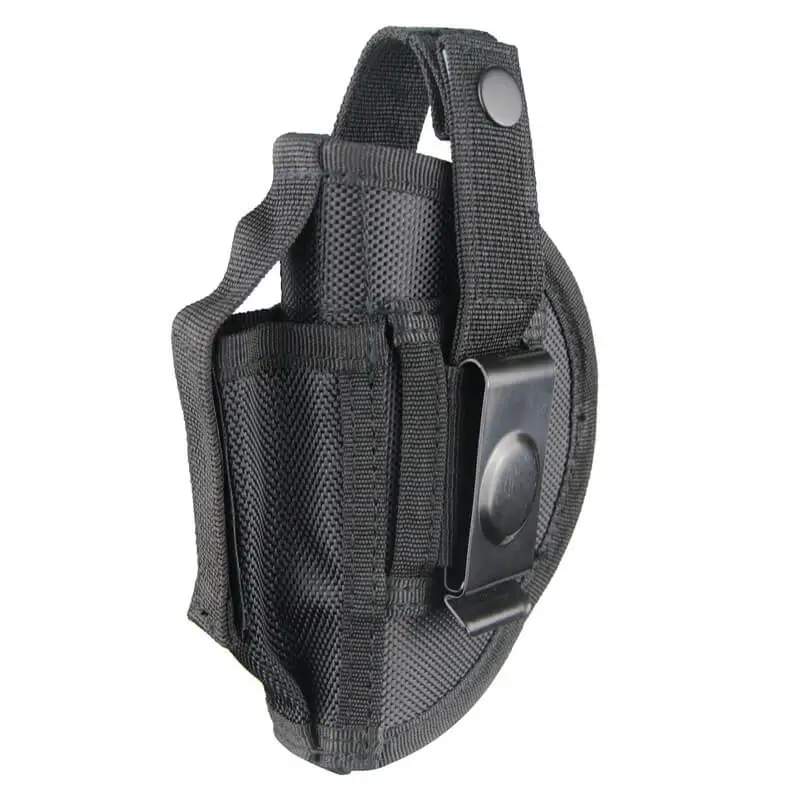
Pistol Bag Holster
Enhance your tactical gear collection with our Black Pistol Bag Holster. Merging style with functionality, this holster is designed for firearm enthusiasts who demand both elegance and practicality. The sleek black design adds a touch of sophistication while providing a secure and accessible storage solution for your pistols. Ideal for distributors, retailers, and discerning gun owners seeking a holster that combines aesthetic appeal with reliable performance. Elevate your carry experience with a black pistol bag holster that sets a new standard in both style and functionality.
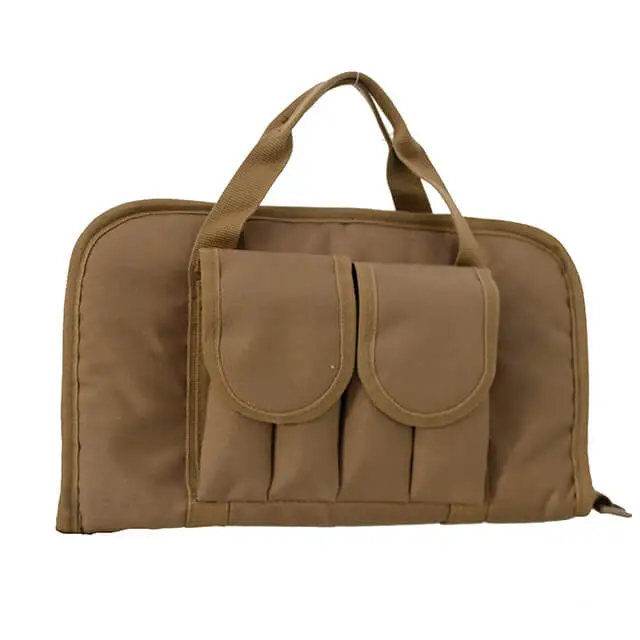
Best Soft Pistol Case
Discover unparalleled protection with our Best Soft Pistol Case. Engineered for excellence, this case provides a secure and cushioned environment for your firearms. Crafted with premium materials, it ensures durability and resistance to wear. The design prioritizes accessibility and convenience, making it the ideal choice for gun enthusiasts who seek the best in soft pistol cases. Perfect for distributors, retailers, and firearm owners looking for a high-quality solution that combines functionality with top-notch protection. Elevate your firearm storage with the best soft pistol case available in the market.
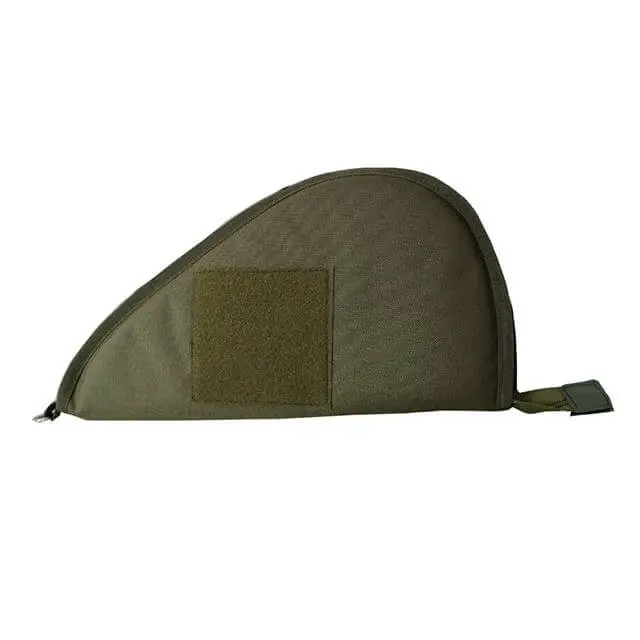
Tactical Handgun Holsters
Optimize your tactical readiness with our Tactical Handgun Holsters. Engineered for precision and reliability, these holsters provide a secure and quick-draw solution for firearm enthusiasts and professionals alike. Crafted with durability in mind, our holsters ensure a snug fit for your handguns, enhancing accessibility and retention. Ideal for distributors, retailers, and tactical gear aficionados seeking top-tier holsters that seamlessly blend functionality and durability. Elevate your performance with holsters designed to meet the demands of the most discerning users
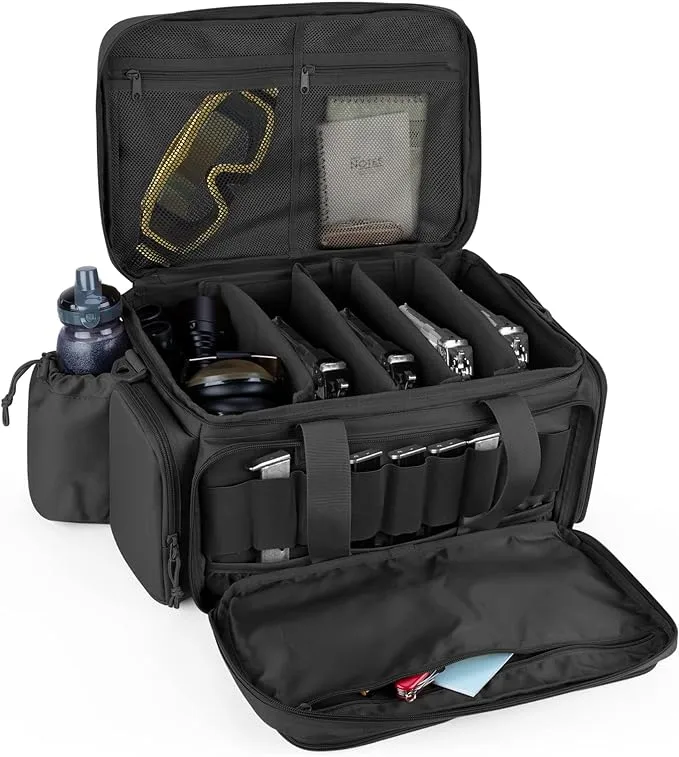
Pistol Backpack Range Bag
Revolutionize your range experience with our Pistol Backpack Range Bag. This innovative bag combines the convenience of a backpack with dedicated pistol storage. Effortlessly carry your firearms and gear in a stylish and functional backpack design. Multiple compartments ensure organized storage for pistols, magazines, and accessories. Ideal for gun enthusiasts, distributors, and retailers looking for a versatile and high-quality solution. Redefine comfort and practicality at the range with a backpack range bag that meets the demands of professionals and enthusiasts alike.
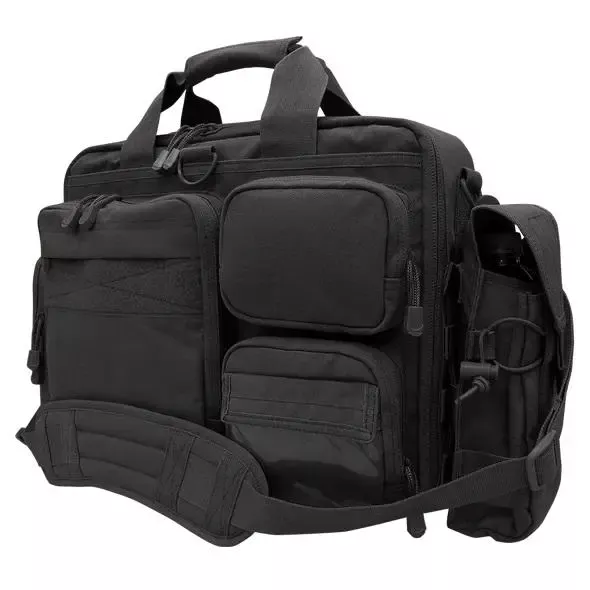
Multi Pistol Range Bag
Unlock versatility at the range with our Multi-Pistol Range Bag. Tailored for firearm enthusiasts, this bag accommodates multiple pistols with precision and efficiency. Stay organized with dedicated compartments for each firearm, magazines, and accessories. Experience seamless transport and protection for your valuable equipment. Ideal for professionals, distributors, and retailers seeking a superior solution for firearm storage and transport. Elevate your range sessions with a bag that blends functionality, durability, and style seamlessly.
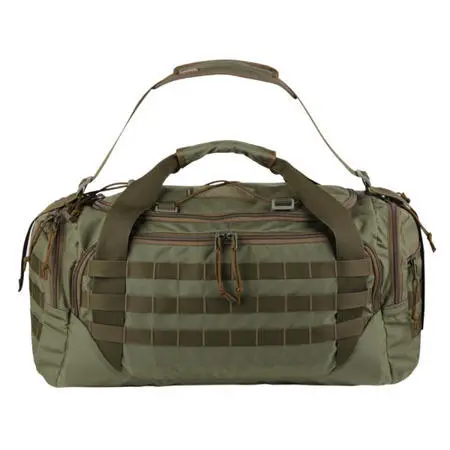
6 pistol range bag
Elevate your range sessions with our 6-Pistol Range Bag. Expertly designed for firearm enthusiasts, this bag accommodates up to six pistols with precision and style. Organize your gear effortlessly, thanks to dedicated compartments for each firearm, magazines, and accessories. Experience unmatched convenience and protection during transport. Perfect for professionals, distributors, and retailers seeking top-tier firearm accessories. Redefine your range experience with a bag that blends functionality and sophistication seamlessly.
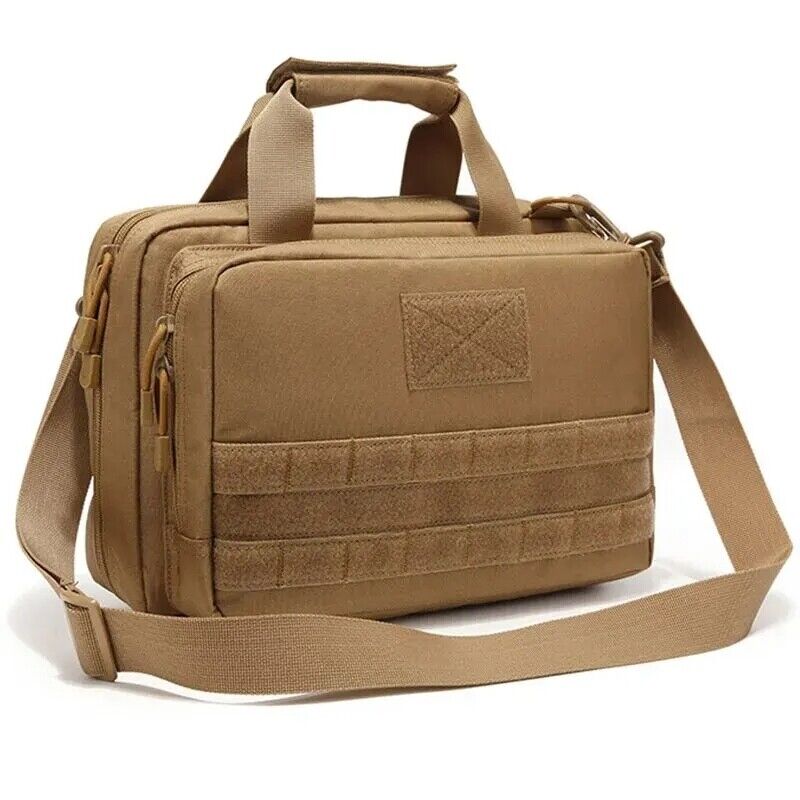
Single Pistol Range Bag
Discover the epitome of firearm transport with our Single Pistol Range Bag. Meticulously crafted for precision, this bag ensures secure and convenient transportation to the range. With dedicated compartments for your firearm, ammunition, and accessories, organization meets excellence. Elevate your shooting experience with a professional-grade range bag designed exclusively for gun enthusiasts and tactical gear aficionados. Unleash the full potential of your equipment with the perfect blend of functionality and style, setting a new standard in firearm accessory innovation.
Download Full Catalog to View More Products
Download our current catalog for an overview of all our current products as well as our services, including product features and benefits, specifications, customization processes, payment methods, logistics and shipping, and more.
Why Choose Us Customized Pistol Bags
Elevate your firearm storage with AET’s Custom Pistol Bag Services. Tailored to your needs, our precision-crafted bags ensure unmatched protection and style. Choose excellence; choose AET.
Unmatched Craftsmanship and Durability
At AET, we take pride in our commitment to excellence. Our customized pistol bags are crafted with precision and attention to detail, using premium materials that ensure durability and longevity. When you choose AET, you choose a level of craftsmanship that surpasses expectations.
Tailored to Your Firearm's Specifications
We understand that every firearm is unique, and our customized pistol bags reflect that understanding. Each bag is tailored to fit the specifications of your firearm, providing a snug and secure fit that eliminates unnecessary movement during transport. Your firearm deserves a carrier designed specifically for its shape and size.
Personalized Aesthetics for Individual Expression
AET goes beyond functionality; we offer a canvas for personal expression. Our customized pistol bags come with a range of personalization options. Whether it's embroidered initials, engraved tags, or a unique design, we ensure that your firearm carrier is an extension of your individual style.
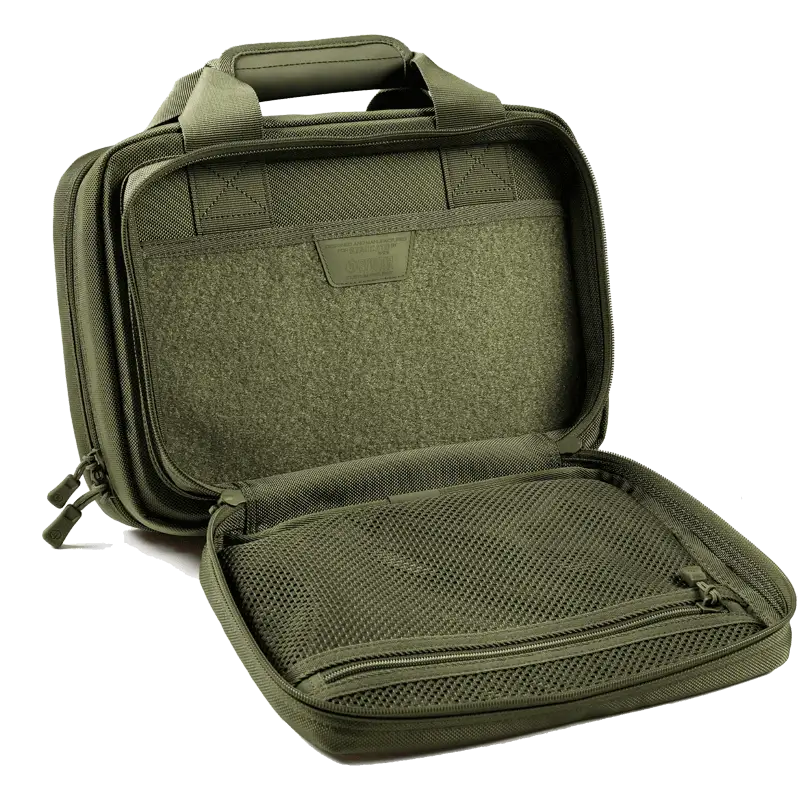
Cutting-Edge Security Features
Security is paramount, and our customized pistol bags are equipped with cutting-edge features to safeguard your firearms. From lockable zippers to reinforced padlocks, we prioritize the safety of your weapons. Choose AET for a level of security that goes beyond industry standards.
Innovative Design for Optimal Functionality
Functionality is at the core of our customized pistol bags. The innovative design includes strategically placed compartments for handguns, magazines, and accessories. The ergonomic shape ensures not only efficient organization but also comfort during transport. AET combines form and function seamlessly.
Versatility for Every Aspect of Your Lifestyle
Our customized pistol bags aren't confined to the shooting range. They seamlessly integrate into every aspect of your lifestyle, from discreet transportation to home storage. AET understands the diverse needs of firearm owners and provides a versatile solution that adapts to your dynamic daily life.
OUR
ADVANTAGES
We have a production, R&D and business team of more than 2,000 people
We have three large factories in China, and simultaneously open factories and office spaces in Southeast Asia and the United States.
we have 2 warebousesin USA and Sneed expressto all over USA only need2-3 davs
We have obtained all necessary product certifications in the industry, and we have the ability to export products to any country in the world.
Exclusive Insights: What Industry Insiders Say About Pistol Bags
Introduction: The Ever-Evolving World of Pistol Bags
Hello, fellow enthusiasts! Today, let’s explore the dynamic world of pistol bags. As a seasoned gun bag manufacturer, our journey in researching, developing, designing, and producing various types of pistol bags has given us a unique perspective. This article is tailored for dealers, retailers, and tactical gear aficionados keen on getting the latest scoop from industry insiders about pistol bags.
Section 1: The Cutting-Edge of Pistol Bag Design
-Trendsetting in Design
Gone are the days when pistol bags were mere storage solutions. Today, it’s about blending functionality with style. Our experience in the industry has taught us the value of innovative materials and ergonomic designs. Remember, a great pistol bag is not just about how it looks; it’s about how it performs under various conditions.
-Balancing Beauty with Brains
A pistol bag must be attractive yet functional. We’ve seen a shift towards designs that marry aesthetics with practicality. It’s crucial that every element, from the fabric to the zipper, serves a purpose without compromising on style.
Section 2: Behind the Scenes: R&D in Gun Bag Manufacturing
-Crafting Quality through R&D
Research and Development (R&D) isn’t just a department; it’s the heart of our operation. We’ve spent countless hours testing materials and designs. For instance, a breakthrough came when we used a new synthetic fiber that was lighter yet stronger than anything we’d used before – a real game-changer!
-Listening to the Users
Our designs are often inspired by real-world feedback. Customizing a bag for a left-handed shooter, for instance, opened our eyes to the diverse needs of our clientele. These interactions are invaluable in crafting bags that truly meet the user’s requirements.tactical sling bag or backpack、Hard gun bag and soft gun bag market demand, etc.
Section 3: Catering to a Diverse Audience
Pistol bag users come from all walks of life. Law enforcement officers, sports shooters, and outdoor enthusiasts each have unique needs. Our goal is to create bags that satisfy these diverse requirements without compromising on quality or functionality.
Section 4: Going Green with Pistol Bags
-Eco-Friendly is the Way Forward
We’re committed to sustainability. Our line of eco-friendly pistol bags, made from recycled materials, not only reduces waste but also caters to the environmentally conscious consumer. This initiative has resonated well with our audience and has positively impacted our brand image.
-Sustainability and Brand Image
Using eco-friendly materials has positively impacted our brand image. Customers love knowing that their purchase is helping the planet. It reminds me of the time we launched our first eco-friendly line at a trade show, and the response was phenomenal!
Section 5: Navigating the Market’s Ups and Downs
-Overcoming Challenges
The pistol bag market is competitive and ever-changing. We’ve learned to adapt quickly, redesigning our products to comply with new regulations or shifting consumer preferences. Staying agile and responsive to market dynamics has been key to our success.
-Seizing Opportunities
One exciting opportunity is the growing number of female shooters. We’ve started designing bags with women in mind – think more compact sizes and stylish designs. This segment has shown substantial growth and enthusiasm for our products.
Section 6: Peering into the Crystal Ball of Pistol Bags
The Future is Bright and Smart,The future of pistol bags looks exciting. We’re exploring smart features like GPS trackers and biometric locks. Think of a bag that not only carries your gear but also protects it through high-tech security.With technology advancing rapidly, we predict a surge in demand for smart, multifunctional bags. Also, as more people embrace shooting as a sport, we expect to see an increase in demand for customized bags.
Conclusion: Leading the Way in Pistol Bag Innovation
In conclusion, the world of pistol bags is vibrant and full of potential. Our commitment to innovation, quality, and responsiveness to market trends positions us at the forefront of this industry. Whether you’re a dealer, retailer, or enthusiast, we invite you to join us in this exciting journey.Let’s keep the conversation going and continue to drive innovation in this exciting!You can also browse our gun bag product list and view our past blogs